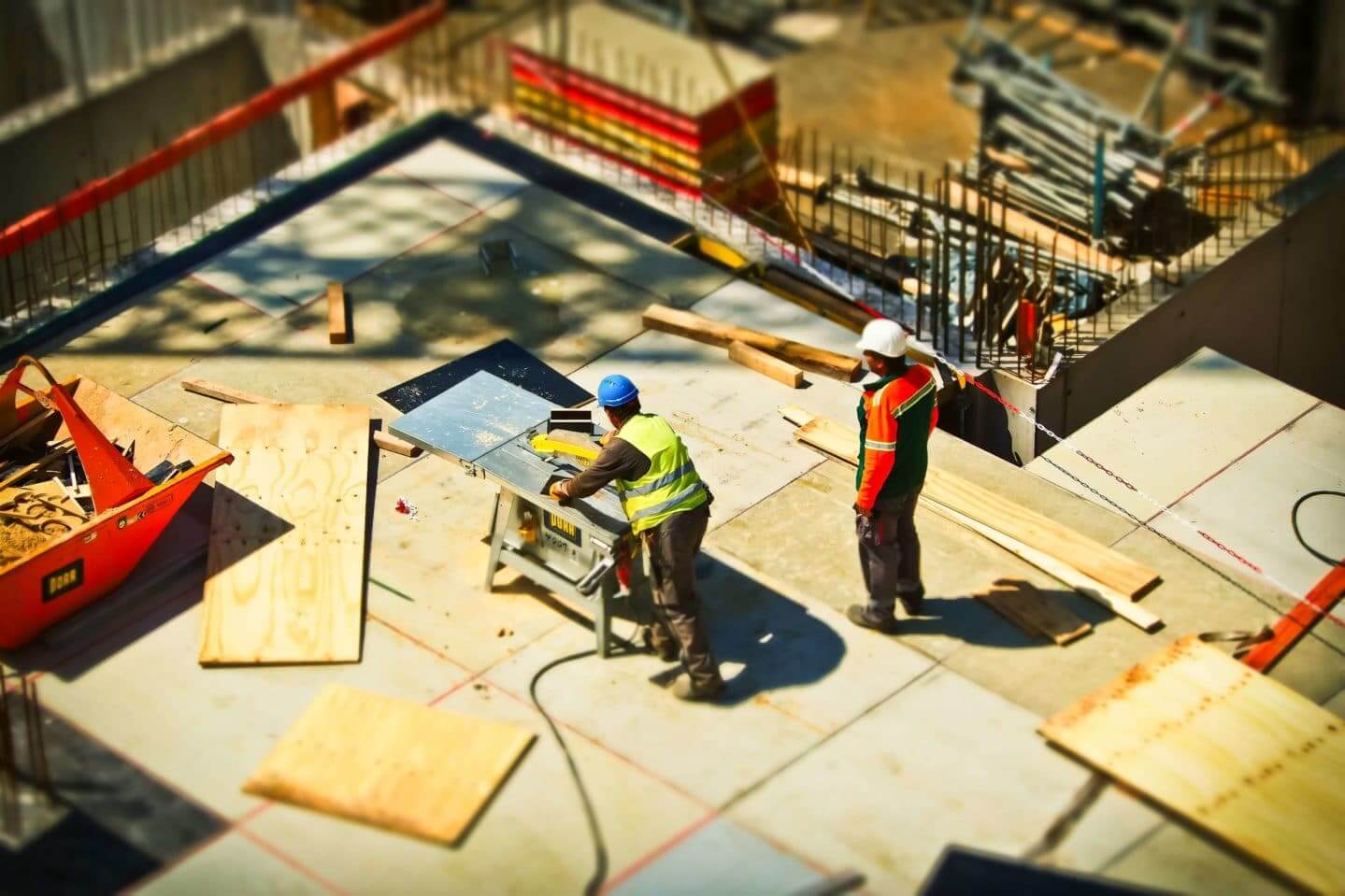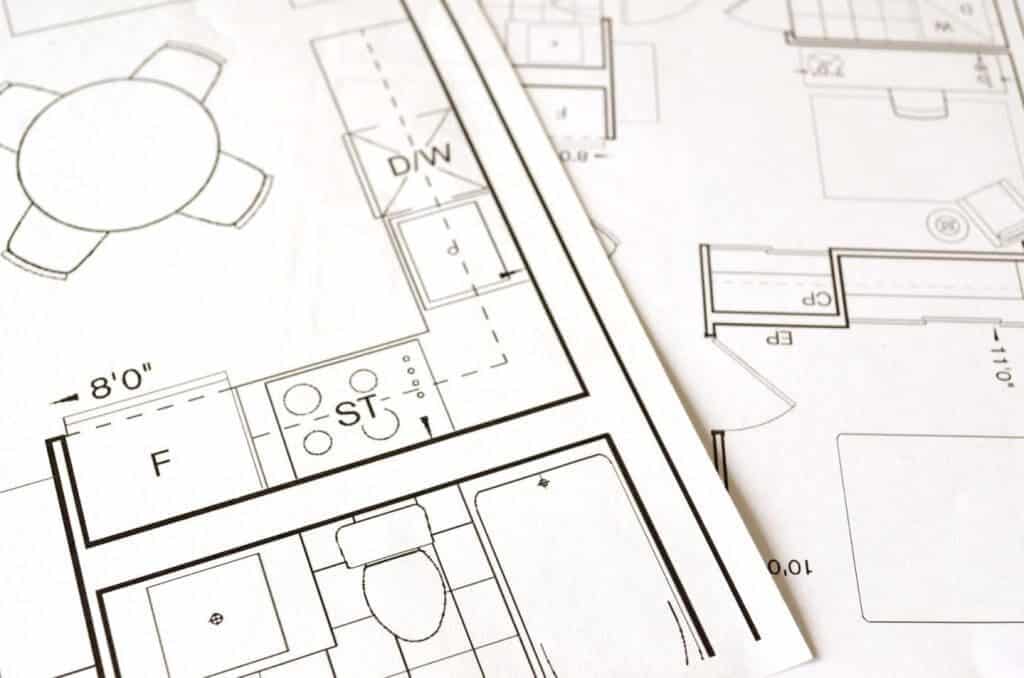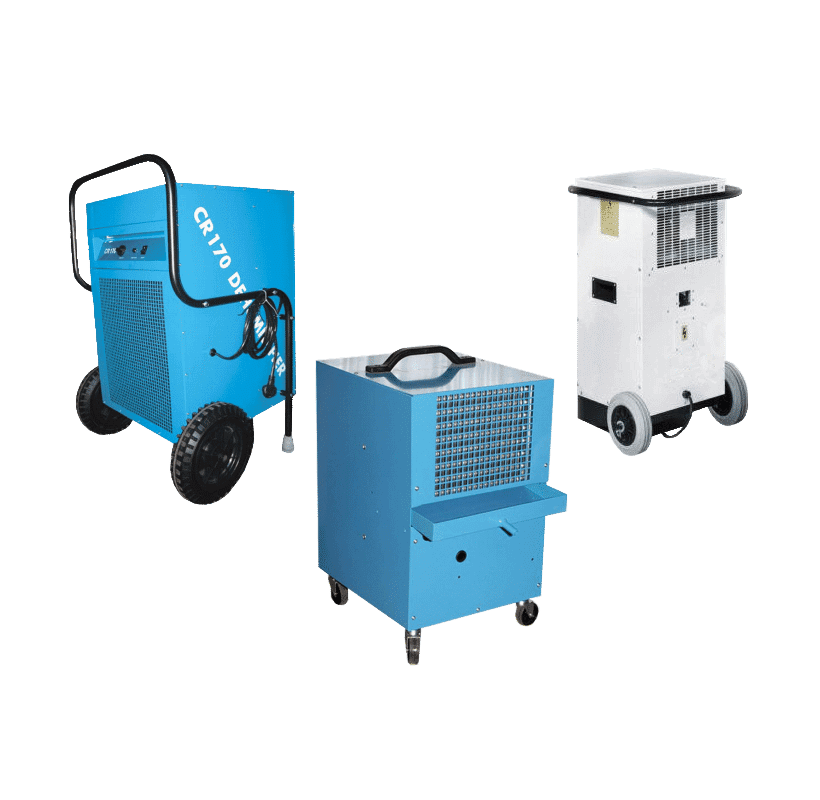Climate Control Issues on Construction Sites
Temperature control is of the utmost importance on construction sites with it solving issues such as drywall mud not drying in time, microbial growth, the release of water from concrete slabs & moisture on the surface of flooring. Improvements in construction technology has made building airtight, however this has come with the added negative of increased moisture which can in-turn lead to the development of mould.
Furthermore, increased moisture could damage the plasterboard & concrete slabs used in the construction process affecting both time & money.
Sources of Moisture
Moisture in construction can come from a number of sources such as:
- Poor weather conditions such as frost, rain or humidity
- Insufficient heating & ventilation
- Water damage
- Building materials which are susceptible to damp
- Condensation
The Solution
Therefore, it is essential to make use of climate control equipment in the construction process. Water seeping out of concrete slabs & flooring can be prevented through the use of dehumidifiers which can remove moisture from the area. This enables the placement of flooring, whilst the area is being dried ensuring increased efficiency for time.
Wood framing is particularly susceptible to moisture & must be below a certain level on construction sites. This could be left to dry & would work during warm times of the year. However, this would be slow & would not be efficient the rest of the year, thus making dehumidifier use the best option.
Before another layer is applied drywall mud must have dried beforehand. To speed up this process, dehumidification equipment can be used as often the tight schedules of construction project to not leave time for the mud to dry after a couple days.
A heating solution may also be used in construction drying, however, it will have no effect on the moisture content, just the air’s ability to hold moisture. Despite this, heater use may still be effective for construction drying.









